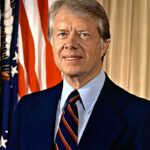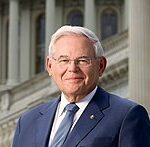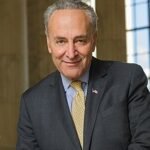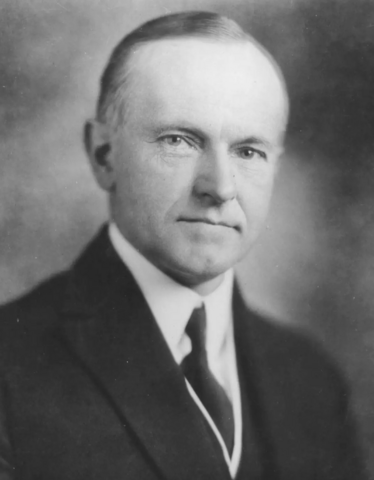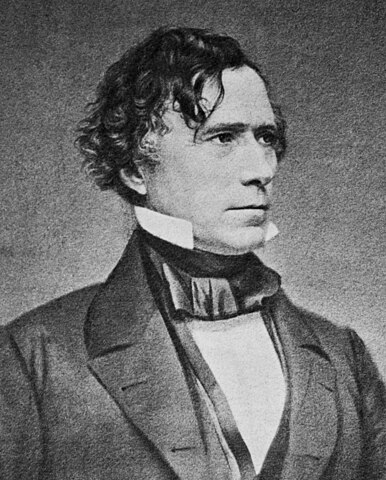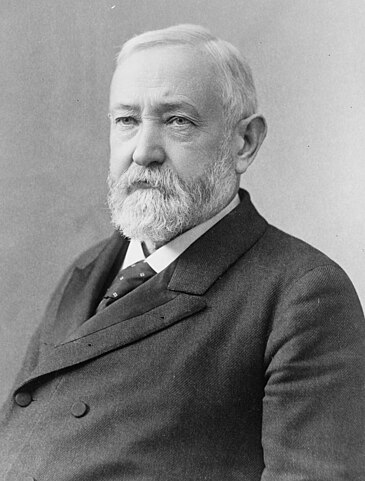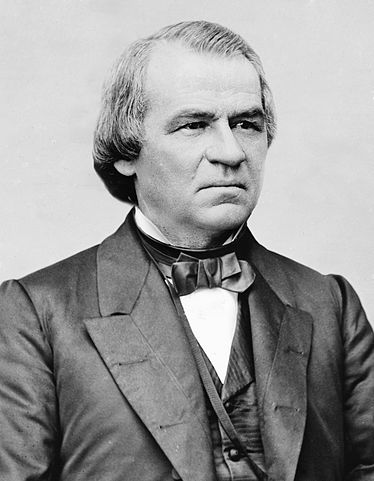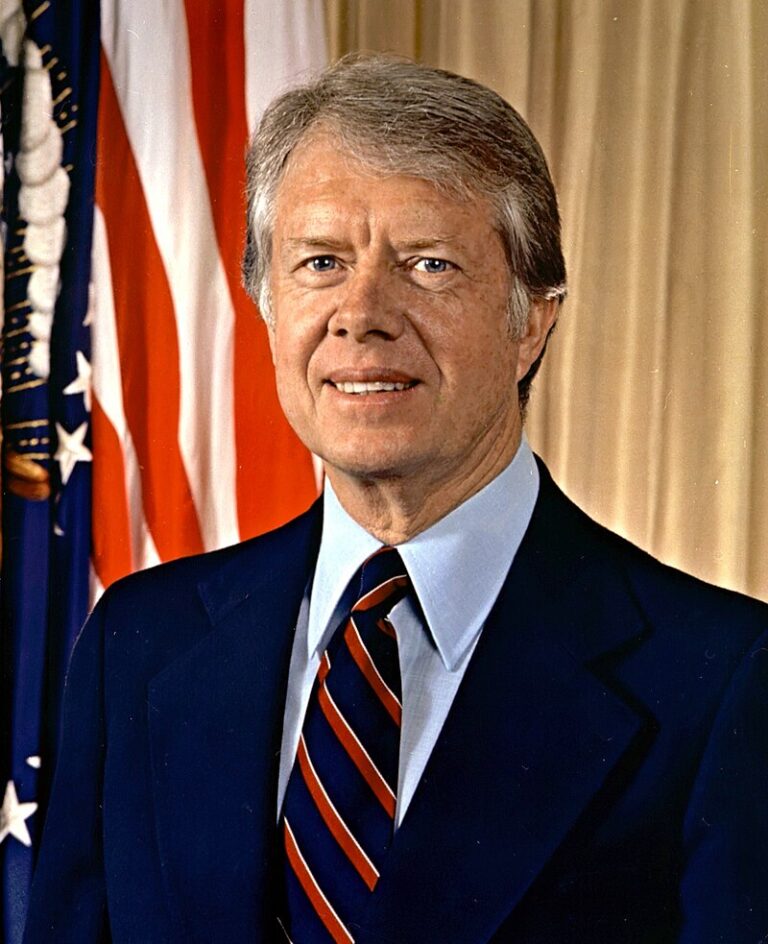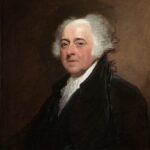
John Adams, the second President of the United States, served from 1797 to 1801. His presidency was marked by significant political tensions, foreign policy challenges, and the establishment of precedents for the executive branch. Here’s an in-depth exploration of his time in office:
Background and Path to Presidency:
- Born in Braintree, Massachusetts (now Quincy) in 1735, Adams was a key figure in the American Revolution, known for his legal expertise and political philosophy. He was a delegate to the Continental Congress, where he contributed significantly to the drafting of the Declaration of Independence.
- Before his presidency, Adams served as the first U.S. Vice President under George Washington from 1789 to 1797. His approach was often at odds with Washington’s, leading to a divided political landscape.
- Adams was elected President in 1797, narrowly defeating Thomas Jefferson in what was essentially the first contested presidential election in the U.S.
Domestic Policy:
- Political Factionalism: Adams inherited a nation split between Federalists (whom he led) and Jefferson’s Democratic-Republicans. His administration was characterized by intense partisan rivalry, setting the stage for America’s two-party system.
- Alien and Sedition Acts: One of Adams’ most controversial actions was signing these acts into law in 1798:
- Alien Friends Act: Allowed the president to deport foreigners deemed dangerous to the country’s peace and safety.
- Alien Enemies Act: Provided for the arrest and deportation of male citizens of an enemy nation during times of war.
- Sedition Act: Made it a crime to publish “false, scandalous, and malicious writing” against the government or its officials. This was seen as an attack on free speech and was used against Jeffersonian newspapers.
- Judiciary: Adams attempted to solidify Federalist control over the judiciary by appointing numerous Federalist judges in his last days in office, known as the “Midnight Judges.”
Foreign Policy:
- Quasi-War with France: Adams faced significant foreign policy challenges due to the ongoing tensions with France, which had escalated from the French Revolution and the XYZ Affair where French officials demanded bribes from American diplomats.
- Adams managed to keep the U.S. out of a full-scale war with France by sending diplomats to negotiate peace, leading to the Convention of 1800, which ended the quasi-war. This decision, however, was unpopular among many Federalists who favored war.
- Treaty of Mortefontaine: This peace treaty with France was a diplomatic victory for Adams, although it came at the cost of political support at home.
Legacy and Challenges:
- One-Term Presidency: Adams lost the 1800 election to Thomas Jefferson, largely due to his unpopularity within his own party and the backlash from the Alien and Sedition Acts. This election was pivotal, leading to the peaceful transfer of power from one political party to another, setting a democratic precedent.
- Judicial Legacy: Adams appointed John Marshall as Chief Justice of the Supreme Court, whose long tenure would shape American jurisprudence for decades, notably through cases like Marbury v. Madison, which established judicial review.
- Defender of Independence: Despite his presidency’s controversies, Adams is remembered for his earlier contributions to American independence and his dedication to the ideals of the Revolution.
- Personal Integrity: Historians often note Adams’ personal integrity and his efforts to avoid war, even at political cost. However, his approach to governance, especially the Alien and Sedition Acts, is criticized for infringing on civil liberties.
Post-Presidency:
- After leaving office, Adams returned to Massachusetts, where he continued to engage in politics and correspondence. He reconciled with Jefferson, leading to a famous friendship where they exchanged letters until their deaths, coincidentally on the same day, July 4, 1826 – the 50th anniversary of the Declaration of Independence.
- Adams’ presidency, though fraught with challenges and political strife, played a crucial role in defining the presidency’s scope, the nation’s foreign policy direction, and the enduring nature of American political discourse.

